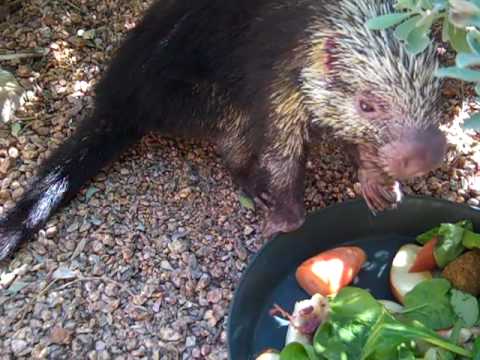- Introduction to Cuervo and Overview of Its Captivating Traits
- Insights into Cuervo’s Zoological Characteristics and Behavior
- The Role of Zoo Management in Conservation Efforts for Cuervo
- Environmental and Wildlife Conservation Impacts for Long-term Sustainability
- Engaging the Public Through Education and Awareness Programs
The animal known as Cuervo immediately stands out with its captivating presence and significant role in zoo management and wildlife conservation. Its importance in ecology and science invites exploration of its traits, behaviors, and conservation needs. This article explores Cuervo, detailing its zoological characteristics, the impact of its conservation, and the educational initiatives seeking to benefit its future.
Cuervo’s physical traits and behaviors provide meaningful insights for zoologists and enthusiasts alike. Measuring its lifecycle, breeding habits, and habitat preferences—all of which are influenced by specific environmental factors—offers significant awareness. Understanding its ecological niche helps in crafting targeted conservation actions. Specialists studying Cuervo often note its adaptability, which proves crucial for its survival amid changing habitats.
Zoo management plays a pivotal role in conserving and elevating the understanding of Cuervo. Integrating modern management techniques helps maintain optimal conditions for Cuervo’s health and breeding. Institutions apply progressive husbandry practices that match Cuervo’s needs, avoiding monotony and promoting natural behaviors. These efforts necessitate ongoing research and collaboration among zoos worldwide.
The conservation efforts surrounding Cuervo contribute substantially to sustainable ecosystems. Protecting its habitats addresses the pressing threats of habitat loss and climate change. Conservationists engage in fieldwork and support laws that enhance habitat preservation, emphasizing sustainable practices for long-term viability. Integral to these strategies are breeding programs designed to maintain genetic diversity and decrease extinction risks.
Educating the public about Cuervo’s plight emphasizes the animal’s significance and fosters conservation advocacy. Zoo programs engage visitors with interactive exhibits and educational materials, deepening their understanding of Cuervo’s role in the ecosystem. Additionally, outreach initiatives involve communities in active conservation, raising awareness through participatory events and educational content. By prioritizing educational experiences, institutions inspire new generations to champion conservation causes.
Cuervo’s story highlights its multifaceted role in ecology and conservation. Addressing its needs requires robust scientific knowledge, effective management, and spirited public engagement. Each effort made towards understanding and protecting Cuervo shapes a future where both wildlife and humanity thrive in harmony.
*****
Source Description
We thought we’d share with you an animal you probably don’t see very often. Cuervo is a Mexican Prehensile-tailed Porcupine. He is located in the Herp Aviary (the small aviary near the herpitarium with the Black and Turkey vulture.)


